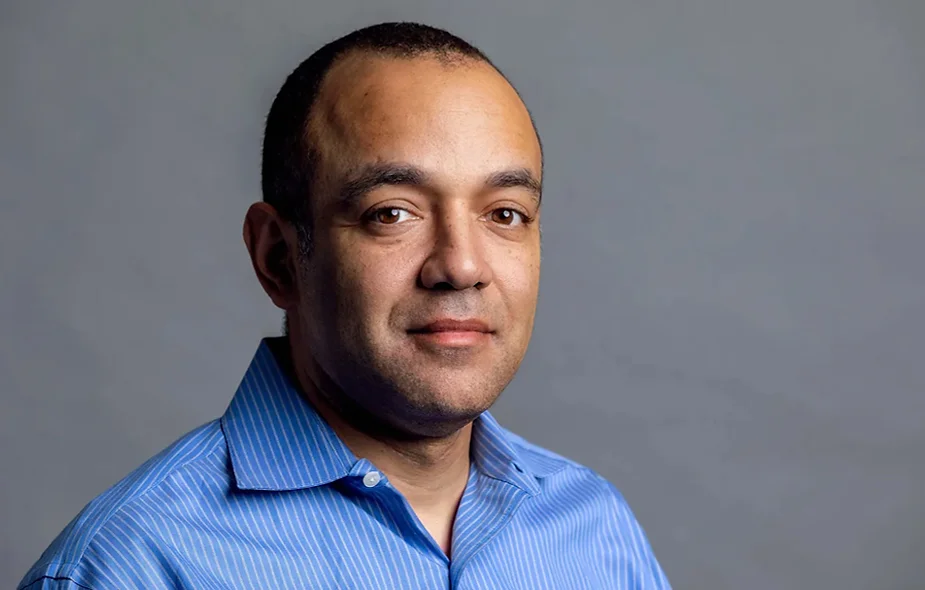Lance Hill, CEO of the insight management platform, Within3, talks to Isabel O’Brien about the challenge of creating a market for their product, a typical day in his life as CEO and his personal and professional measures of success
Interview by Isabel O’Brien
Tell us the story about how and why you founded Within3
I had always heard the adage ‘access to healthcare’ and knew that many people would go to their primary care physician and be steered one way or another. Then I began to realise that for a lot of people, your access to healthcare is really only as good as your primary care physician. Especially 15 years ago when people weren’t going to ‘Dr Google’.
That led me down this path of looking at communication issues. And ultimately I found the niche for Within3, which is bringing therapies to market and making sure that patients have access to the right therapies at the right time.
What we saw were really big communication gaps in the way the industry is regulated, so how they’re allowed to talk to doctors and under what circumstances. And it was all being done in a very manual, expensive and inefficient way. We started the company to try and solve that.
What is an average day like as CEO of Within3?
There is an old term for when you’re running different programs on your computer and the CPU is switching back and forth, which is called context switching. That’s what an average day is like for me. So it’s one meeting or conversation, then into something very different. You’re maybe talking with product, then a client, then marketing, then the board. So, I try to use my time as wisely as I can, but that’s also what makes it interesting.
What is the key challenge you have faced as a company?
It’s that we’re not selling commodity products to existing markets. We’re pushing the market and saying: ‘here is a problem that you may not really have thought about, let alone having thought about the solution that we can offer to that problem’. It can be difficult to educate people on what’s possible, especially in life sciences with it being a siloed and heavily regulated industry. So that’s the broadest challenge.
What are your key measurements of success, both professionally and personally?
A large one is just customer satisfaction. We decided early on that even if our technology worked perfectly and we were facilitating a conversation between six doctors and a brand manager, if those six doctors didn’t talk on our platform, it didn’t matter how well our platform worked – the programme was a failure.
My number one focus is our clients being delighted with what we’re doing, and that was in our DNA from day one. I also feel rewarded that the company is growing. I like to grow and build things. If the company is successful, it creates opportunities for people. So professionally, that’s what I like.
Personally, I have two daughters. So, luckily, I don’t have to be on the road all the time and get to see them growing up, which is great. My youngest daughter says she wants to be CEO of Within3 one day! But those are the two things I focus on, my family and the business.
Would you describe yourself as an introvert or an extrovert?
I’m a raging introvert. I’m good at small, thoughtful conversations, but I’m terrible at cocktail parties, and I’m terrible in situations where small talk is required. It makes me anxious, I’d much rather sit and think about things – like a lot of introverts. I can definitely play the extrovert when I need to, which is important in my role, but if I get on an aeroplane I’ll probably put my headphones on and not talk to the people next to me, but I so admire those who do.
There’s been a lot of talk in the past that if you’re not the extroverted leader, you’re somehow at a disadvantage. And there’s a lot of science that shows that’s not actually true. There are examples after examples of companies that are led by introverts that are perhaps more inclusive, more collaborative and more thoughtful about strategy. I like to have both in the company. It works better. You can take the strengths of both when you have a mix, and I’m a big diversity person in many different ways in terms of how the company is set up.









